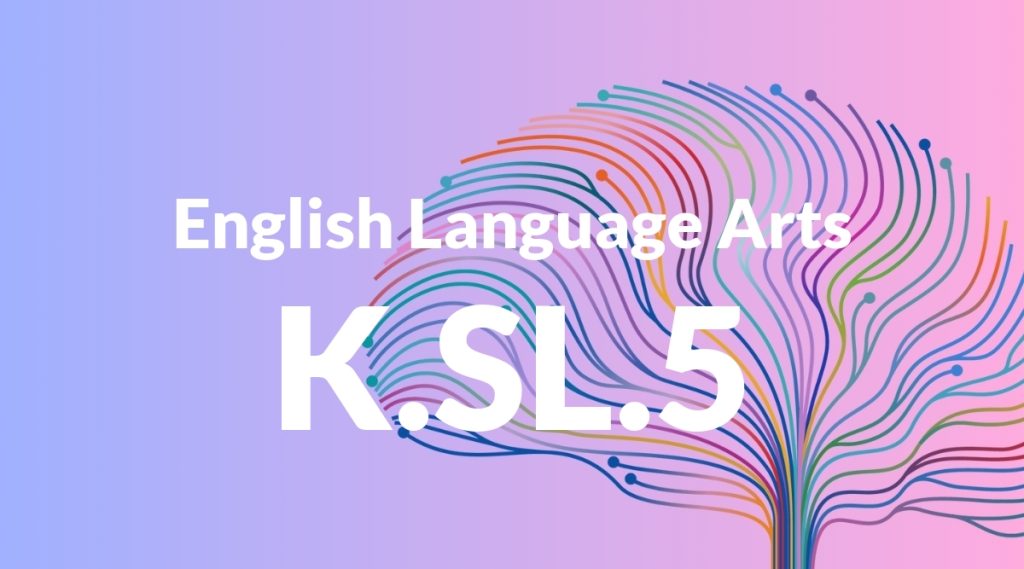Standard: K.SL.5 – Add drawings or other visual displays to descriptions as desired to provide additional detail.
Grade level: Kindergarten
Subject: English Language Arts
Domain: Speaking & Listening
Teacher Overview
This standard emphasizes the use of visual aids to enhance verbal descriptions. It is important because it helps young students learn how to communicate more effectively by adding detail and clarity through drawings or other visual displays. Before tackling this standard, students should have basic drawing skills and be able to describe objects, people, and events verbally.
After mastering this standard, students will be able to use more complex visual aids, such as charts and diagrams, to support their verbal descriptions in later grades.
Common Misconception 1
A common misconception is that students may think their drawings need to be perfect. This is incorrect because the main goal is to enhance communication, not to create perfect art.
Intervention 1
To address this misconception, encourage students to focus on the message rather than the artistic quality. Reinforce that the purpose is to add detail and clarity to their descriptions.
Common Misconception 2
Another misconception is that students might think visual aids are only for art projects. This is incorrect because visual aids can be used in various contexts to support communication.
Intervention 2
To address this, demonstrate how visual aids can be used in storytelling, explaining concepts, and sharing information across different subjects.
Prerequisite Knowledge
Students should be familiar with basic drawing skills and understand how to verbally describe objects, people, and events.
Subsequent Knowledge
Students will develop the ability to use more complex visual aids, such as charts and diagrams, to support their verbal descriptions in later grades.
Instructional Activities
- Have students draw a picture to accompany a short story they tell.
- Create a class book where each student contributes a drawing and a description.
- Use picture cards to help students describe their favorite animals.
- Organize a show-and-tell session where students use drawings to enhance their descriptions.
- Introduce simple graphic organizers to help students plan their visual aids.




